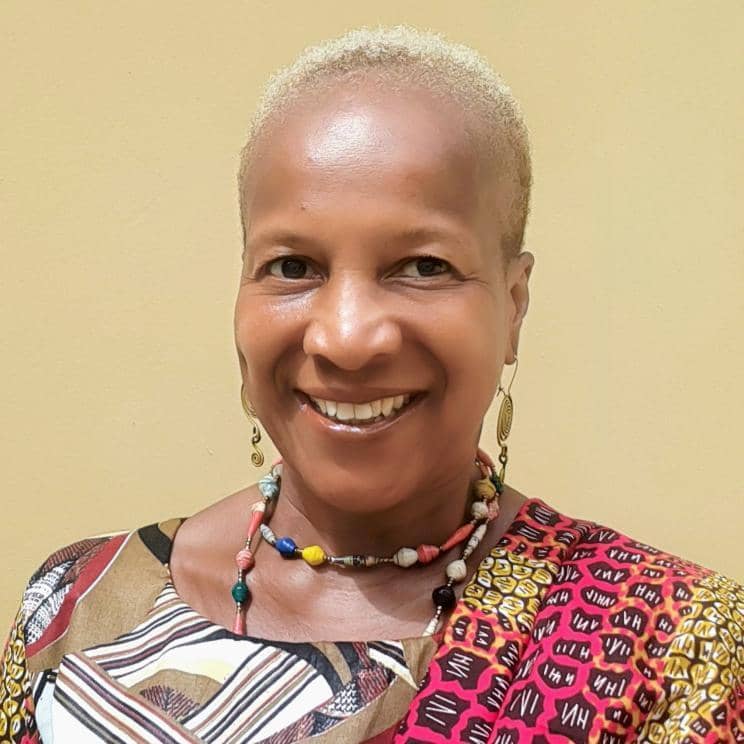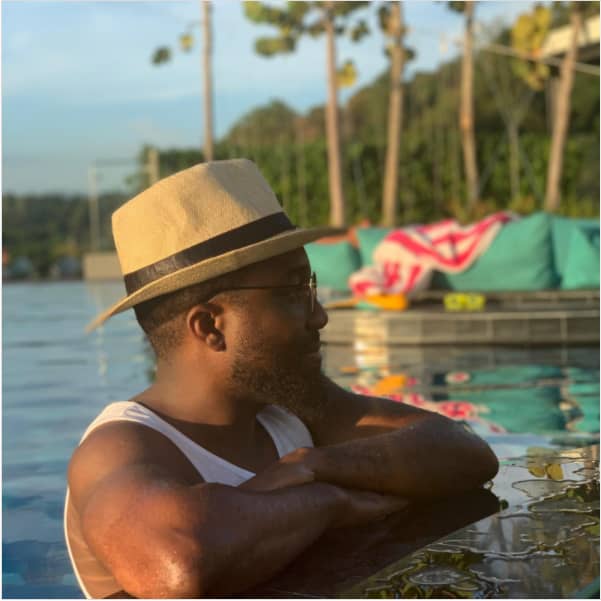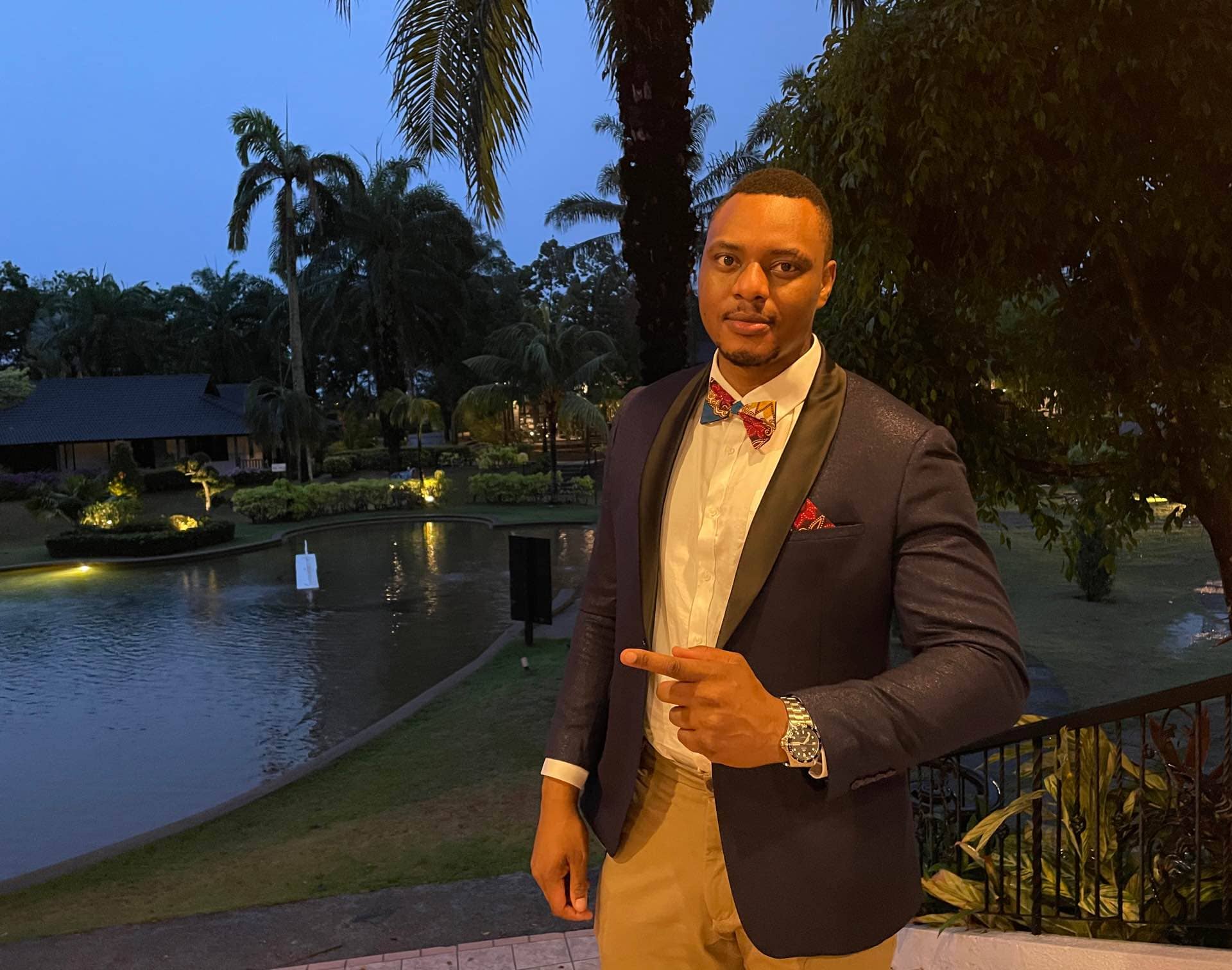I was born in South Africa in 1983. In a township/ “ghetto” called Mamelodi (which means mother of melodies), fifteen kilometres east of the executive capital city of the country, Pretoria.
I was born during a time when South Africa was facing international sanctions and just before the most repressive period of the apartheid regime — when the South African state was waging a war against Blackness.
It was a dark time in my country so I think my parents were praying for a miracle when they called me Kholofelo, which means “hope”.
I have been travelling since I could barely walk and talk. My father and I would regularly go on what was then an epic six-hour car journey to Botswana to visit relatives.
Some lived in exile there and others left South Africa to seek greener pastures where they were not hounded and abused because of the colour of their skin.
Even at a young age, I remember the feeling of freedom and euphoria as we drove across the area of South Africa known as the “Highveld” — vast grassy tracts of land, which were often struck by drought.
I remember driving past the caged monkeys close to Hartebeesport Dam and manoeuvring across the dusty roads of what was then the independent homeland of Bophuthatswana.
One of the highlights of my youth was getting my very first passport at the age of six. It was left unsigned because I was “to (sic) young to sign”; but it was, without doubt, my most valued possession.
I remember the long, boring border procedures that we had to endure. I even remember that there were two lines on the South African side of the border — for whites and non-whites.
Even before I started primary school, I learned that travelling for leisure for black people was a privilege. But the travel bug bit at a very young age and I dreamed of going to the faraway places that I read of in my uncle’s dated set of encyclopaedias.
My family moved to the “Twin Cities” in Minnesota, USA in 1999, just five years after Nelson Mandela became president of South Africa. At that time in South Africa, black people did not just up and leave the country — after all, there was no reason to leave, we were finally free.
So a black South African family of six moving to America was unusual. Even then, at the age of 16, I understood the significance of the journey that we were about to embark on as a family.
Although I had grown up in a highly-racialized society, in many respects I was extremely underprepared for the life that awaited me in the United States. In many ways, the fifty months that I spent in the Midwest of the United States molded me into the person that I am today.
We arrived in New Brighton, a suburb of Minneapolis, Minnesota at the beginning of July – the things that dominate my memories of that long summer are the oppressive heat and humidity and the unbelievable number of mosquitoes!
I also remember thinking how normal it all was. I understood that I was in a different country but many things were familiar and that gave me some comfort and confidence.
But I was really shocked at a number of people who commented, daily, about how good my English was – as if we do not speak English in South Africa!
Before the summer was over, we moved to Inver Grove Heights, a suburb of Saint Paul, where I graduated high school and my family spent four years.
Like any other teenager in South Africa, I grew up watching a lot of American TV and movies. At that time, American high school to me was a mixture of Clueless, My So-called Life, Beverly Hills 90210, and Sister, Sister. All American teenagers were like Joey and Dawson in Dawson’s Creek and Moesha and Kim in Moesha.
When I started high school in Inver Grove Heights, I thought that I was well-versed in American high school life and everything would be easy breezy. Well, not quite…
For starters, my brother, sister, and I were one of a handful of black families at the school — in fact, there were very few other minority students. I was one of less than 5 black students in my class of over 300 students.
In South Africa, I was in an all-girls private school with around 100 high school students in total – over 80 per cent were black. In retrospect, my first run-in with discrimination in the United States was in high school.
When we left South Africa, my siblings and I were all among the best students in our grades.
When we arrived in Minnesota, we were taken back six months academically and put into the easiest level in each subject. My siblings and I could have easily taken Advanced Placement (AP) courses.
Entering my algebra class in my new American high school was one of the most disappointing and underwhelming experiences of my life.
Some students asked me if I had gone to school on an elephant in “Africa” or if I could understand what they were saying when they made random click sounds.
I simply ignored them because I am not ashamed of who I am and where I am from.
I was also bored to death – I had learned algebra in the eighth grade and was doing eleventh-grade calculus in South Africa. After a few weeks of excruciating pain, and maintaining an average of 104%, I told my teacher that I wanted to transfer because I simply did not belong in that class.
Within a few months, I was in advanced classes in all my subjects and taking all the AP courses that were available at my school in my grade.
I spent two years of high school in suburban Minnesota doing what “normal” American high schoolers did. Although I made really good friends, I did not make friends with the few African American students in my grade.
In August 2001, I moved into my student accommodation at the University of Wisconsin-Madison. Although I wanted to go further away from home, my parents could not afford the out-of-state tuition, and funding for foreign students at the undergraduate level in the United States was still very limited at the time.
The time that I spent at UW-Madison was a defining period in my life. When I left Minnesota, 80–90 per cent of my friends were white. I did not think that it was strange and I assimilated quite well in my new environment.
I called soft drinks “pop” and periodically said things like “shoot you’re cute” and “you betcha!” When I arrived on the UW-Madison campus, I was immediately given a minority student advisor.
While I did not mind, I thought it interesting because I did not think that I needed or deserved special treatment because I was a “minority”. But I learned very quickly that I was completely unaware, naïve, and had been sheltered from “the real America” in my suburban Minnesota.
I became aware of my blackness, particularly my African-ness at UW-Madison. I became interested in student politics, witnessed the winds of change on campus after September 11, and even joined the Black Student Union (BSU). I remember arguing with a white student about Affirmative Action in a sociology class.
During this part of my journey, I was forced to be racially aware in a way that I had never been before. Although I grew up in the birthplace of apartheid, I had never perceived my blackness as being “problematic”.
In retrospect, I was probably cocooned by youthful oblivion and middle-class privilege. My schools in South Africa were majority black, which usually meant that the best (and the worst) students in the class were black and I never had to explain my presence anywhere because I simply just belonged.
I also started to realise that my blackness was different from other black students from Milwaukee, Chicago, St. Louis, and Los Angeles. And for the first time in a long time, when somebody asked me where I was from, I said “South Africa” instead of the usual “Inver Grove Heights, Minnesota” because I was constantly reminded of my foreignness by the usual follow-up warily asked question “where are you really from?”
Until then, I did not understand the significance of my identity – of being the “African” girl as opposed to the “black” girl — which I found out were not the same. I got to learn that there were different types of blackness and even though I am black, there were just some things that I could not fully identify with because I am African.
I was also alive to the fact that because the majority of Africans on campus were west African, my South African-ness came as a shock when I corrected the assumption that I was Nigerian.
My decision to fully claim my African-ness happened sometime early in my sophomore year when my best friends (African girls who were raised in the whitest of white suburban Minnesota and Wisconsin) and I stopped going to BSU meetings and resuscitated the African Students Association (ASA) at UW-Madison.
It was not so much the rejection of blackness in the sense of African Americanness but rather, embracing our African-ness — even though it was not always “cool” to be African.
African students crawled out of the woodwork to join the ASA — even some people who I thought were “regular black” turned out to have been born in Africa or were first-generation Americans who still spoke their African languages at home. I had found people like me.
Finally, I felt at home.
This post originally appeared in The Black Expat on 17 May 2017.
Kholofelo Kugler is a black (South) African woman currently living in Neuchâtel, Switzerland. She works as an international trade lawyer in Geneva, Switzerland. She has lived in 11 cities in 5 countries on four continents and is conversant in nine languages. Kholofelo has travelled to at least 30 countries and independent territories and has a lot more left on her bucket list. She blissfully suffers from incurable wanderlust.





